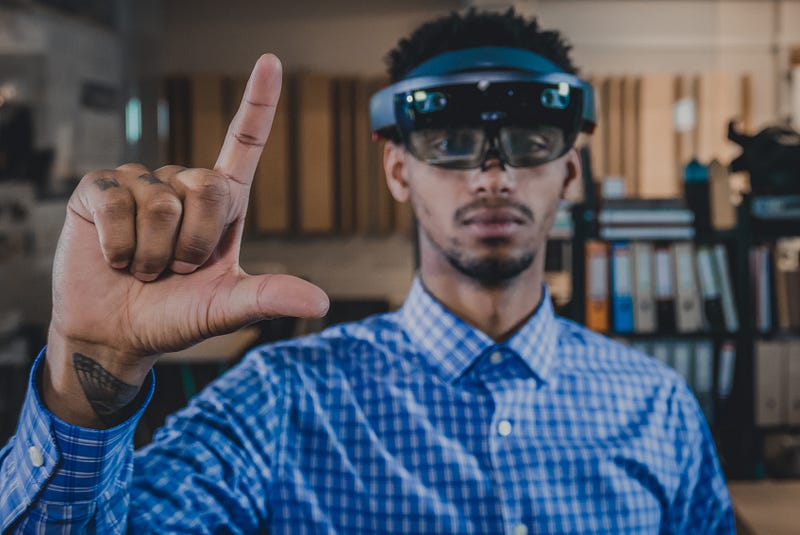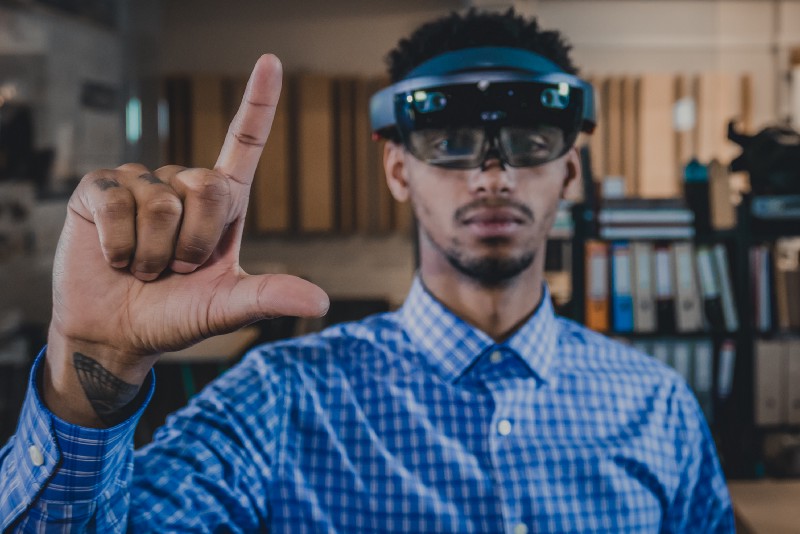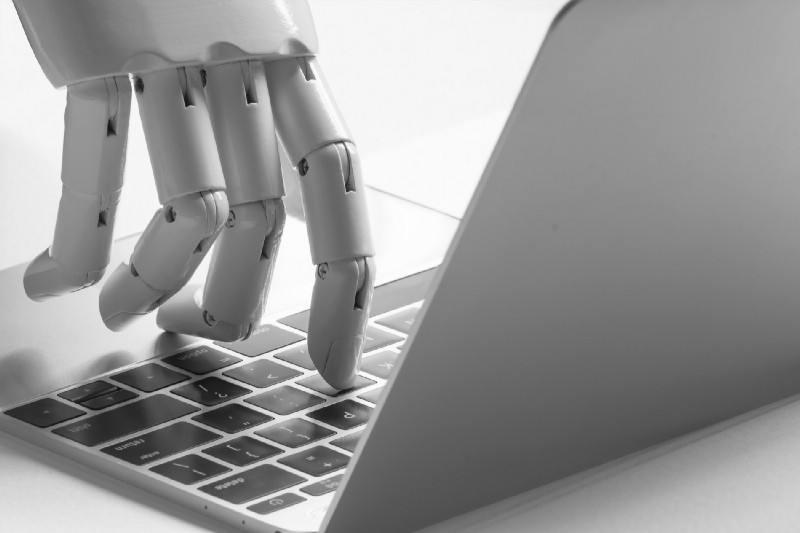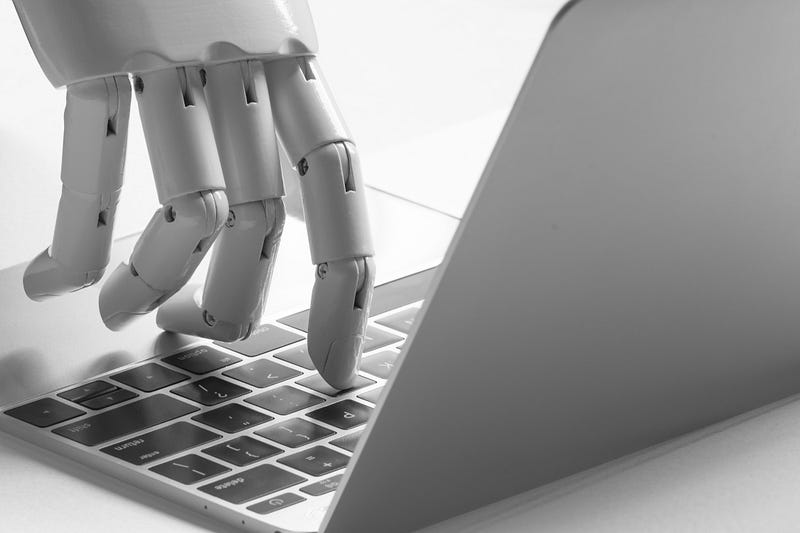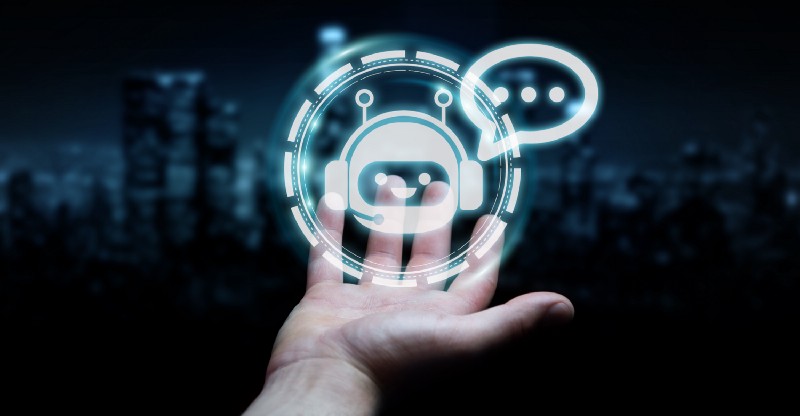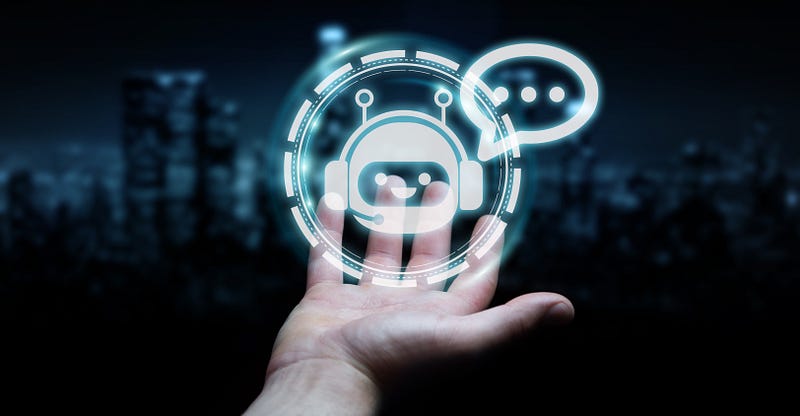How Smart is AI?
So are computers ready to take over the world and subjugate the human race, given our inferior intelligence and processing power? How smart is artificial intelligence?
That’s been a major Hollywood theme for decades. Who doesn’t remember the chilling lines in 2001: A Space Odyssey, “I’m sorry, Dave. I’m afraid I can’t do that.” when it suddenly becomes clear that the supercomputer HAL has gone rogue.
Or the ominous scene in Bladerunner, when escaped “replicant” Leon murders the police officer administering a diagnostic test of his humanity (or, in this case, lack of humanity).
Although there are real concerns about setting AI free in the world, much of the media-hyped fear about the coming AI apocalypse is overblown. And even if there are valid technological and ethical considerations, the technology is still a long way off from that point.
Here’s how Andrew Ng, the chief scientist at Baidu from 2014 to 2017, put it in an interview with Vox earlier this year: “Worrying about evil-killer AI today is like worrying about overpopulation on the planet Mars. Perhaps it’ll be a problem someday, but we haven’t even landed on the planet yet.” (He does believe we should be thinking about how AI will displace the workforce of tomorrow, though.)
The Power of Artificial Intelligence and Machine Learning
The reality is that artificial intelligence and machine learning (let’s add some acronyms: AI and ML), are incredibly powerful technologies. They are able to find patterns in mind-boggling quantities of data orders of magnitude faster than humans. Plus they can learn to recognize objects and predict outcomes, and they get better at that over time. So while they are not likely to turn into evil killers of humanity, they are likely to transform, well, everything.
They will absolutely change the way we interact with the world — through Natural Language Processing (Hey, Siri, take me home.) and computer vision systems. Soon enough we will be able to initiate voice commands like “OK, Google, take me to the mountain in this photo.” Already Facebook can tag you practicing that embarrassing dance move at your best friend’s bachelor party. Or giving the keynote at an industry convention, for that matter.
AI Applications Across Industries
AI and ML will automate many of the boring or repetitive tasks that people perform now, which will transform the future workforce. Think of virtual assistants who schedule meetings and send automatic follow-up messages or appointment reminders.
We already have giant industrial robots that manufacture cars, and they are only getting smarter — like knowing how to avoid injuring people or even scheduling their own tune-ups so they don’t break down and cause expensive, disruptive work stoppages.
AI in the Automotive Industry
Autonomous vehicles rely on many of these AI systems strung together: a series of sensors — including video cameras, LIDAR, sonar, and motion sensors — detect the environment and feed that data to the car’s processing systems, which then analyze and act in real-time. The technology is marching forward at breakneck speed, with VC investments and high-profile acquisitions constantly making the news.
Although fully autonomous vehicles are many years off, multiple features that use AI tech are completely functional in cars on the road right now. These include adaptive cruise control, automatic emergency braking, lane departure warning, lane keeping assist, and front collision warning systems, to name a few.
AI Applications in Healthcare
Healthcare is also an area of incredible promise when it comes to AI and machine learning. IBM’s Watson Health mines health data to find patterns that no human mind would be powerful enough to recognize. This will help speed drug discovery, detect insurance fraud, and create personalized plans to keep people healthy, among other innovations.
Accessible Cloud-Based AI Innovations
It all sounded so sci-fi only a few decades ago. But now AI is upon us, and the speed of discovery is accelerating. That’s in part thanks to the availability of cloud-based AI services like Amazon’s Lex and Rekognition, which enable you to add voice and video recognition into your own systems. Or Microsoft’s AI services, which let you add analytics, speech recognition, and machine learning. Or the ubiquitous Google Translate, which can translate text, entire web pages, and even the writing on the outside of packaged goods in multiple languages all over the world. What used to be open only to Google, Facebook, and world superpowers is now accessible to everyone.
JumpStart AI for Your Business with Kopius
Kopius supports businesses seeking to govern and utilize AI and ML to build for the future. We’ve designed a program to JumpStart your customer, technology, and data success.
Tailored to your needs, our user-centric approach, tech smarts, and collaboration with your stakeholders, equip teams with the skills and mindset needed to:
- Identify unmet customer, employee, or business needs
- Align on priorities
- Plan & define data strategy, quality, and governance for AI and ML
- Rapidly prototype data & AI solutions
- And, fast-forward success
Partner with Kopius and JumpStart your future success.
Related Services:
Additional Resources:
